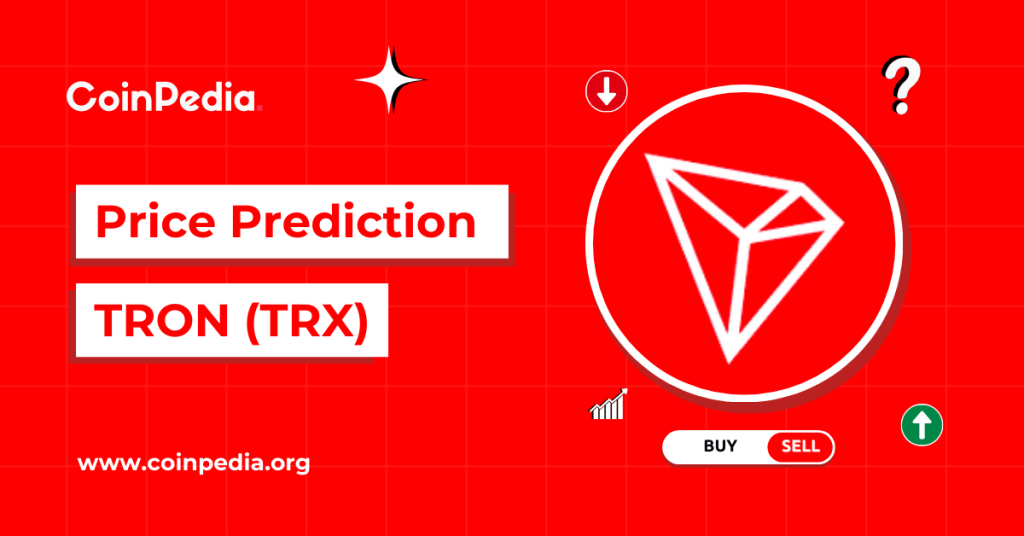Shiba Inu Launches 50 ETH Bounty for Stolen Shibarium Tokens Recovery
TLDR
- Shiba Inu has announced a 50 ETH bounty to recover stolen funds from the Shibarium bridge exploit.
- The reward is set up in an escrow contract, contingent on the hacker returning all stolen tokens.
- The attacker must provide a full disclosure report explaining the exploit method and tools used.
- The stolen assets include SHIB, ETH, LEASH, BONE, and other cryptocurrencies valued at over $4 million.
- Shiba Inu has implemented additional security measures to prevent future breaches and safeguard the ecosystem.
Shiba Inu has announced a 50 ETH ($229,000) bounty to recover millions of dollars in stolen tokens from the recent Shibarium bridge exploit. The attack, which took place on September 12, resulted in the theft of multiple tokens, including SHIB and ETH. The Shiba Inu team, in collaboration with K9 Finance, has set up an escrow contract to ensure the safe return of the stolen assets.
Conditions for the Shiba Inu Hacker
To claim the bounty, the attacker must return all the stolen tokens and provide a full disclosure report. The report must include details of the exploit method, including how validator access was gained and the tools used. The Shiba Inu team will release the 50 ETH reward once the attacker cooperates and stops moving the stolen tokens.
The team emphasized the importance of transparency in the recovery process. “The attacker must provide relevant transaction hashes, addresses, and tools used,” a Shiba Inu representative said. The hacker will also receive a legal waiver where applicable, ensuring that no legal action is taken if the conditions are met.
https://x.com/Shibtoken/status/1968414764985356461
Shiba Inu Hacker Drains $4.1 Million from Bridge
The exploit occurred when the hacker used a flash loan swap to acquire 4.6 million BONE tokens from ShibaSwap. These tokens were delegated to Ryoshi Validator 1, giving the attacker control over more than two-thirds of the validator’s voting power. With this access, the hacker was able to sign a malicious state and drain $4.1 million from the Shibarium bridge.
On-chain records show that the stolen funds included 17 different tokens. These tokens included $1 million in ETH, $1.3 million in SHIB, and $680,000 in LEASH. The attack also included $260,000 worth of ROAR, along with significant amounts of other cryptocurrencies such as KNINE and WBTC.
SHIB Developers Respond to Bridge Exploit
In response to the breach, Shiba Inu developers suspended bridge operations and revoked root chain manager access. Additional safeguards were added to the plasma bridge to prevent future withdrawals. Shiba Inu has pledged to enhance its internal security measures and monitoring systems to strengthen overall protection.
A detailed post-mortem report will be released after forensic analysis is completed. The Shiba Inu team has already received preliminary findings from Tikkala Security and Pulse Digital, which identified key management flaws. The team is committed to learning from this incident and improving the overall security of the Shiba Inu ecosystem.
The post Shiba Inu Launches 50 ETH Bounty for Stolen Shibarium Tokens Recovery appeared first on CoinCentral.
You May Also Like

U.S., U.K., and Australia Impose Sanctions on Russian Cybercrime Networks

Tron Price Prediction 2025, 2026 – 2030: Can Tron Reach $1 in 2025?
